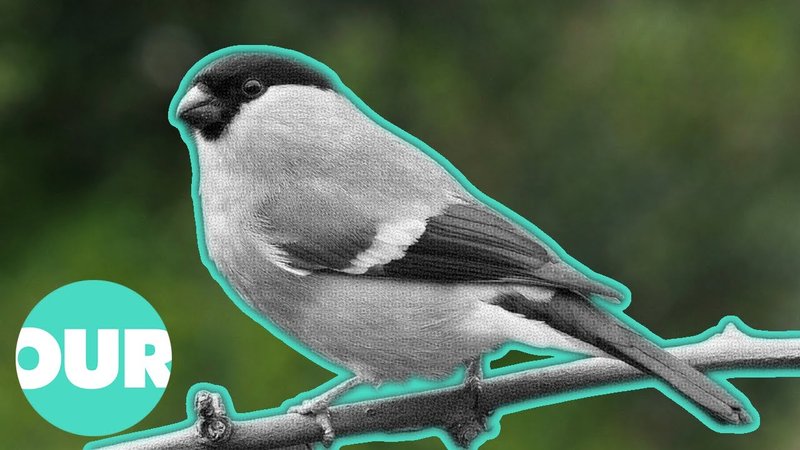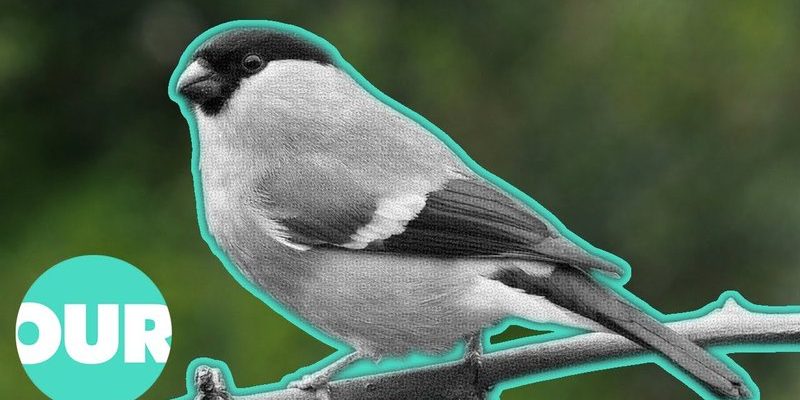
Take, for instance, the famous Darwin’s finches from the Galápagos Islands. These birds are the poster children for adaptation, having evolved unique beak shapes and sizes that perfectly fit their diets and the environments they inhabit. It’s almost as if they’ve tailored their tools to match the resources available to them, which is pretty inspiring when you think about it! In this article, let’s dive deep into how finches adapt to their environment and the fascinating processes behind their survival.
The Role of Natural Selection
Natural selection is like a game of survival where the best players thrive and pass down their winning traits. For finches, this concept is crucial. These birds often find themselves in environments where food sources can be scarce or vary in abundance. Those with certain traits—like a stronger or differently shaped beak—tend to survive better and reproduce more successfully.
Imagine a group of finches living on an island with only large seeds available. The finches with larger, stronger beaks can crack those seeds open. Over time, these birds will survive and reproduce, passing on their advantageous beak traits to their young. The result? A population of finches with larger beaks over several generations. Finch populations are living proof of how natural selection shapes traits that enhance survival in specific environments.
Diverse Diets and Beak Variations
Finches are not picky eaters, which is a huge plus when it comes to adapting to different environments. They commonly eat seeds, fruits, nectar, and even insects. But what’s truly fascinating is how their beak shapes have evolved to accommodate varying diets. Think of their beaks as tools in a toolbox—each designed for a specific job.
For example, finches that primarily eat seeds have thicker, more robust beaks compared to those that enjoy softer fruits. Some finches, like the vegetarian finch, have developed long, slender beaks to extract seeds from flowers. It’s as if each species has a specialized tool for their culinary needs!
Here’s a quick rundown of some common beak types and their functions:
- Thick beaks: Ideal for cracking hard seeds.
- Long, slender beaks: Perfect for sipping nectar from flowers.
- Pointed beaks: Effective for catching insects.
Behavioral Adaptations
It’s not just their physical features that help finches adapt. Their behaviors play a significant role, too! Finches are highly social birds that often form flocks. This flock mentality can help them find food more efficiently and protect themselves from predators.
During periods of scarcity, finches might change their feeding patterns or even their migration routes. For instance, they might venture into new territories in search of food. This flexibility means that finches can cope with environmental changes, whether due to seasonal shifts or habitat loss.
One fascinating behavior is their mating rituals, which can also adapt based on their environment. In some areas, finches may sing more complex songs to attract mates, while in others, simpler calls are effective. Their ability to adjust their courtship strategies shows just how in tune they are with their surroundings.
Climate Change and Habitat Adaptation
We can’t talk about adaptation without addressing the elephant in the room—climate change. As temperatures rise and weather patterns shift, finches are faced with new challenges. However, these birds are demonstrating their resilience.
For instance, changes in food availability due to shifting climates have prompted some finches to alter their diets. A study has shown that in warmer conditions, some finches are evolving shorter beaks to help them forage more efficiently. It’s like nature’s way of pivoting—adapting to the new rules of the game.
Additionally, as their habitats change, certain finches are starting to inhabit areas they previously avoided. This expansion can lead to competition with other species, but it also showcases their ability to adapt quickly to new circumstances.
Learning from Their Environment
Finches are intelligent little birds, and they learn from their surroundings. They can read their environment and make choices based on their experiences. This adaptability is crucial for survival. For example, young finches often learn what foods are safe and which ones to avoid by observing adult finches.
Here’s a simple analogy: think of a child learning to ride a bike. They watch others, practice, and sometimes fall but gain confidence with each attempt. Similarly, finches build their feeding strategies over time, learning from successes and mistakes.
Furthermore, they can adjust their nesting behaviors based on environmental cues. In areas with high predation, finches might choose to build their nests in places that offer better protection. This awareness of their environment allows them to thrive despite challenges.
The Impact of Human Activity
Unfortunately, human activities can have a profound impact on finch populations. Habitat destruction, pollution, and climate change can disrupt their natural environments. For instance, deforestation can limit their feeding grounds and nesting sites.
However, finches are incredibly adaptable, and those living in urban areas often find ways to thrive among humans. They might scavenge for food in parks or backyards, showing a remarkable ability to leverage available resources. It’s almost like they’re saying, “If you build it, we will come!”
Protecting their habitats is vital for helping finch populations continue to adapt and thrive. Efforts like reforestation, creating bird-friendly environments, and reducing pollution can make a significant difference in supporting these beautiful creatures.
Finches are a perfect example of how resilience and adaptability can lead to survival in ever-changing environments. From their diverse diets and specialized beaks to their social behaviors and learning capabilities, these tiny birds remind us that nature is constantly evolving.
Even as human activities pose challenges, finches continue to show us that adaptation is key to survival. So, the next time you spot a finch, take a moment to appreciate all the incredible strategies these little birds use to navigate their world. Their story is a testament to the beauty of adaptation in nature, and honestly, it’s just plain inspiring!

